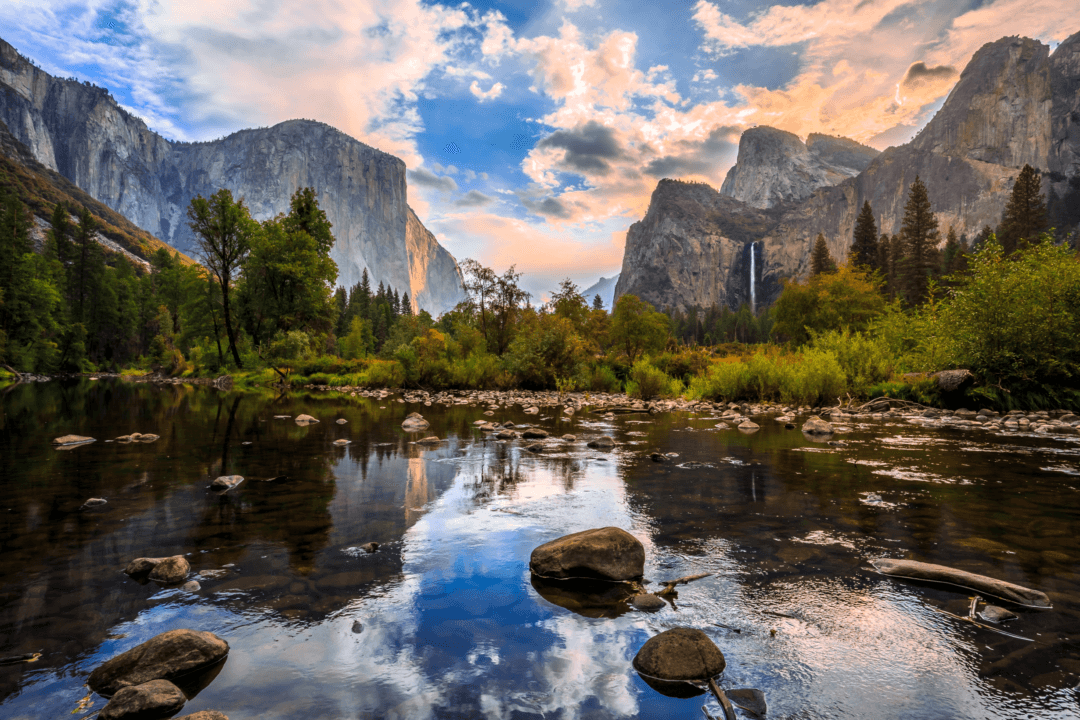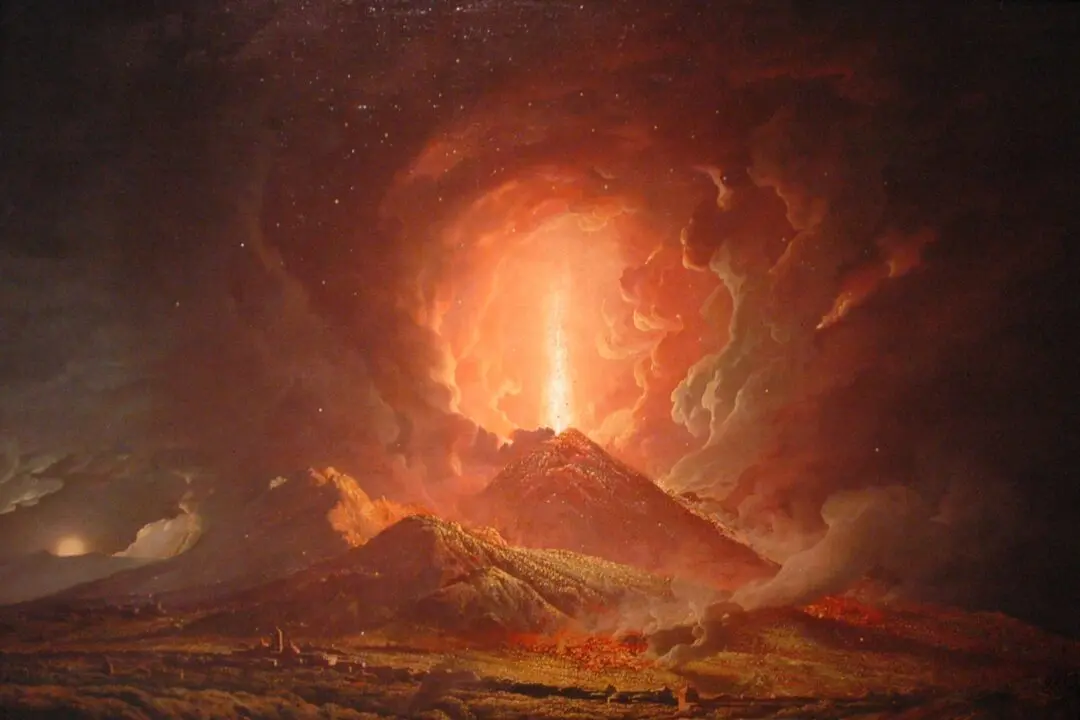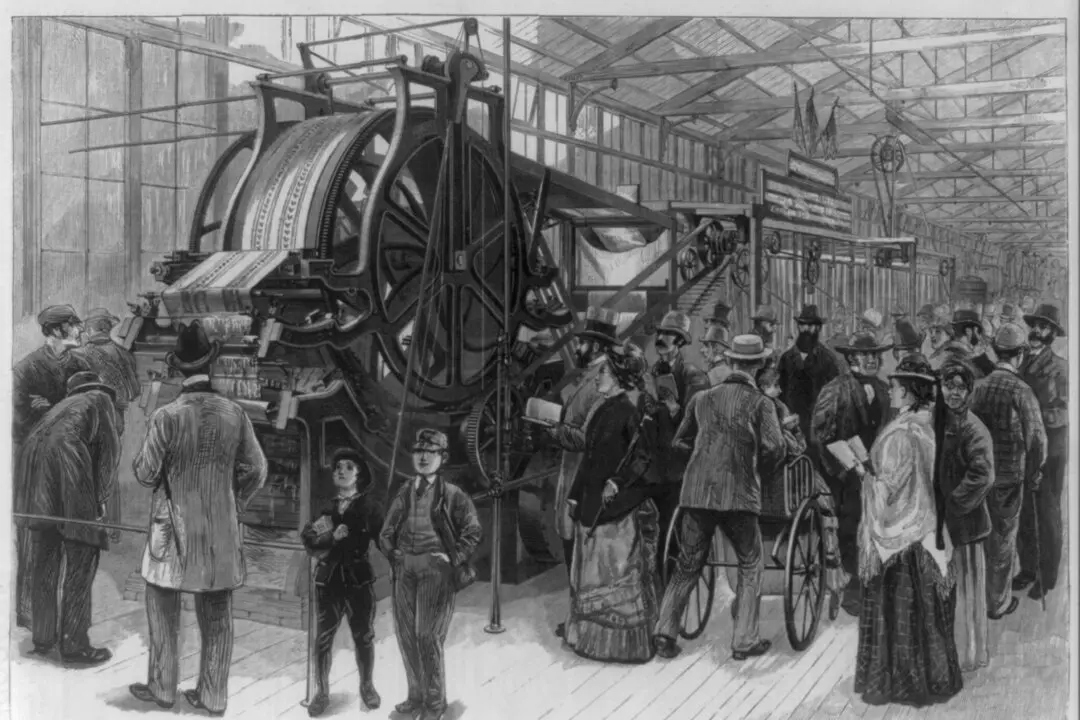Living life in the outdoors as a boy, John Muir (1838–1914) dedicated his adult life to exploring the natural world. His writings about his adventures eventually changed how people viewed nature. In his later years, Muir’s popular magazine articles stressed the importance of conserving nature. It sparked a movement that led to the formation of several U.S. national parks.
John Muir: Father of Our National Parks
We can thank John Muir for preserving America’s natural beauty for future generations.

Yosemite National Park. John Muir was influential in establishing the first national park. Stephen Moehle/Shutterstock





